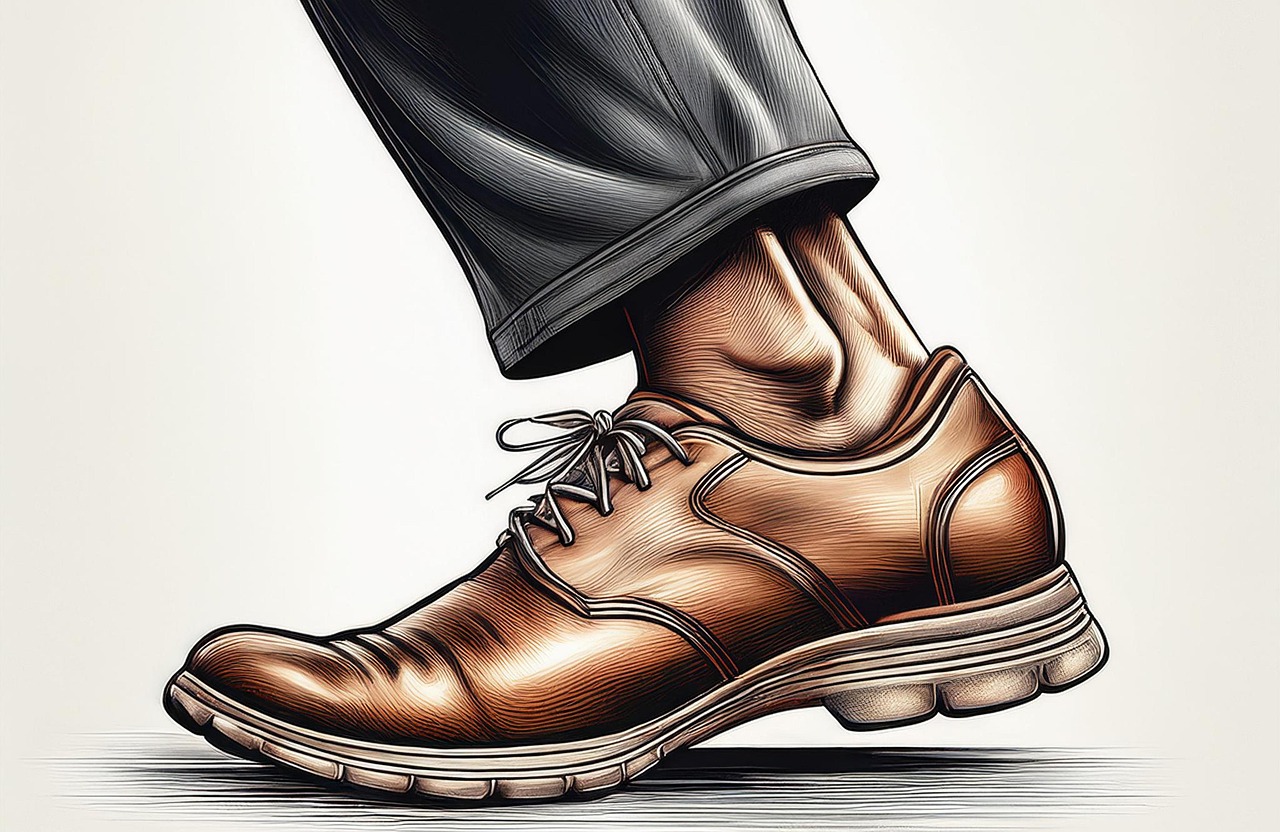
From Baghdad to Paris, Cairo to Nairobi, shoes have taken flight, not in celebration but in searing condemnation. This is the heart of the matter in a famous essay by Yasmin Ibrahim’s The Art of Shoe-Throwing: Shoes as a Symbol of Protest and Popular Imagination, published in 2009. In it, she talks of the benefits of philosophical readings of footwear as a new grammar of resistance.
To understand the shoe as a political artefact, one must begin with its semiotic history. In most cultures, shoes are associated with the profane. They tread on dust, dung and dirt; they know the base realities of life. In Islamic tradition, to show the sole of one’s shoe is an insult.
In Biblical idioms, to shake the dust off one’s feet is an act of severance, a statement of disapproval. Remember the case of Prophet Moses in exile, when he interacted with God as a sacred burning bush? The Almighty instructed him to remove his footwear in His presence. In our customs, too, to remove one’s shoes before entering a sacred space speaks of humility and reverence. One cannot wear shoes when entering the sacred kaya shrines of the Mijikenda, for example.
What happens, then, when the shoe is weaponised? Philosophically, the shoe becomes a paradox: an intimate item turned outwardly aggressive. A covering of the self, repurposed to uncover the moral nakedness of authorities.
When hurled, the shoe transforms from a passive object to an active critique, a projectile bearing not just leather and lace but the fury of marginalised voices.
Ibrahim writes that the shoe, once thrown, captures the public imagination in ways that speeches and banners cannot.
The iconic image of Muntazer al-Zaidi, the Iraqi journalist who lobbed both his shoes at George W Bush in 2008, has entered protest folklore. That act, which resonated across Arab and African societies, was not merely an outburst. It was a coded articulation of anguish, a “farewell kiss from the Iraqi people”, as al-Zaidi cried.
Since then, the symbolic act has travelled, landing in Cairo’s Tahrir Square, where protesters waved shoes against Hosni Mubarak’s regime; in Paris, where academics flung shoes at the Higher Education ministry; and even in London, where shoes were hurled into Downing Street during pro-Palestine protests.
The universality of this act reveals something deeply human: when language is stifled, the body speaks. And the shoe, in mid-air, becomes the ultimate gesture of unfiltered truth.
Closer home, we witnessed our own
iteration of this protest grammar recently when a shoe was thrown at President
William Ruto during a rally in Migori county. Though initial reports suggested
it may have been accidental, the incident was nonetheless telling.
In the public eye, intent sometimes matters less than symbolism. The President’s calm response, choosing not to halt his speech or react harshly, was a rare moment of grace, but the undercurrents were unmistakable.
For a nation grappling with rising economic inequality, political disillusionment and generational despair, the incident felt cathartic. The shoe, whether flung in rage or dislodged by mischief, became a surrogate voice, a mute scream from a people too tired to plead. Like a pebble cast into the still pool of presidential authority, it rippled far beyond the black cotton soil and dust of Migori.
Is it ethical to throw a shoe at a leader? This question tugs at the heart of moral philosophy. Violence, even symbolic, is rarely encouraged in democratic discourse. Yet one must ask: What options remain when the voice of the common man is muffled by the boots of bureaucracy?
Lately in our motherland, as elsewhere in East Africa, avenues for peaceful dissent are narrowing steadily. Institutions fail, promises are broken and citizens are left shoeless, so to speak, stripped of dignity and hope. Against such a backdrop, the act of shoe-throwing is less a call to chaos and more a cry for justice. It becomes a moral plea wrapped in spectacle.
For Kenyan protesters across generations,
the shoe is now a new symbol. It holds both memory and momentum. It invites
creative resistance through performance of protest and artful musings. such
as Uliza Kiatu, the popular 2014 song by H_Art the Band.
The symbolic shoe has now become an invitation to our leaders to reckon with the very ground they walk on and listen to it without aloofness.










